Celebrate National Handloom Day 2025 with These 10 Iconic Handloom Sarees from Every Corner of India
Every year on August 7th, we celebrate National Handloom Day to honor India’s vibrant weaving traditions and the skilled artisans behind them. This day is a tribute to the Swadeshi Movement, and a reminder of the rich textile heritage that continues to define our cultural identity.
In 2025, let’s celebrate by spotlighting 10 must-have handloom sarees from across India—each one a masterpiece of craftsmanship, history, and beauty. Whether you are a saree connoisseur or just beginning your journey into Indian handlooms, these sarees deserve a spot in your collection.
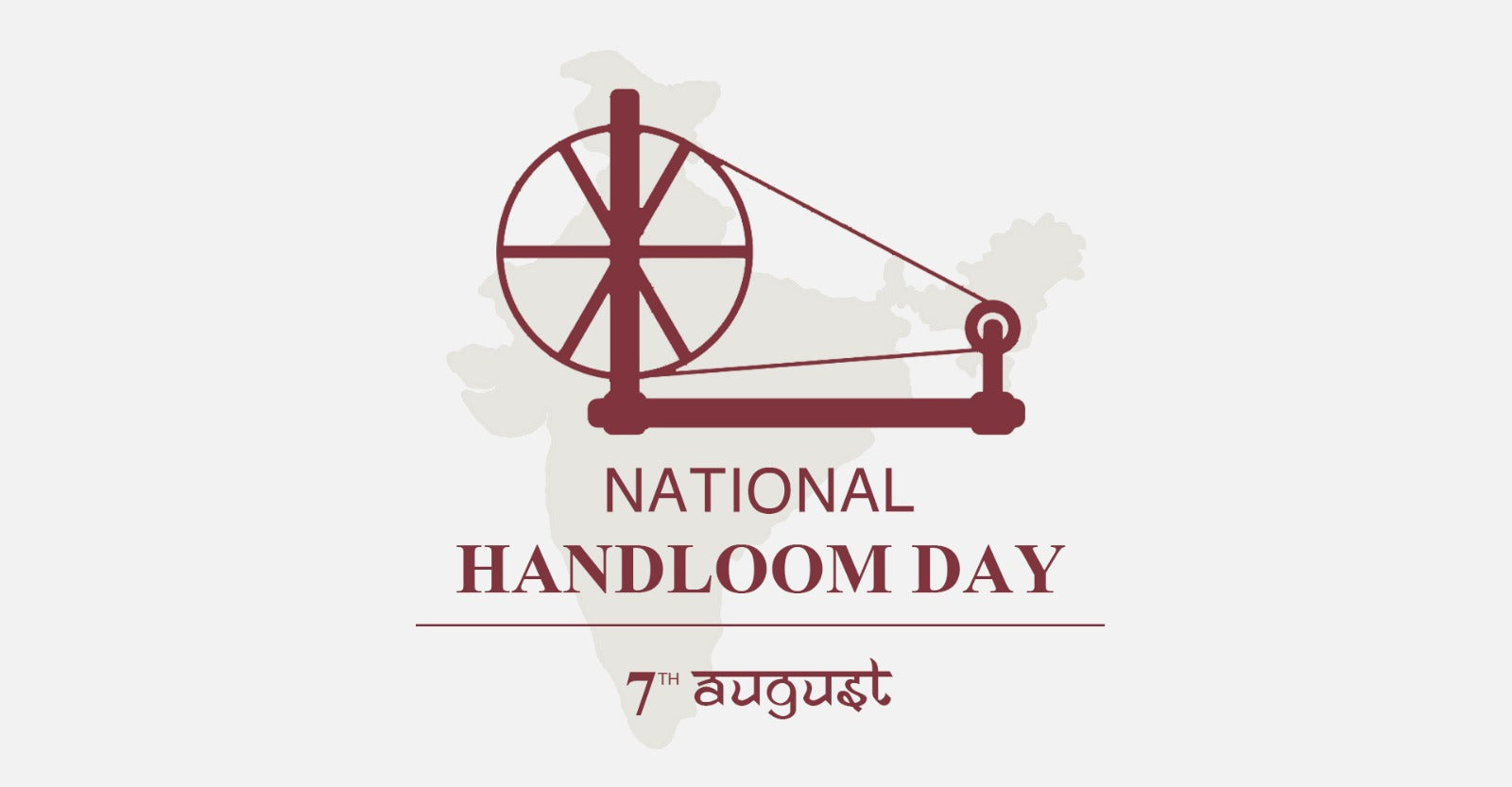
1. Pochampally Ikat (Telangana)
Known for its geometric patterns and double ikat technique, Pochampally sarees blend elegance with complexity. These vibrant, resist-dyed sarees are perfect for both festive wear and office elegance.
2. Kanjeevaram (Tamil Nadu)
An epitome of South Indian grandeur, Kanjeevaram sarees are famous for their lustrous silk, temple borders, and gold zari work. Ideal for weddings and special occasions.
3. Banarasi (Uttar Pradesh)
A symbol of opulence, Banarasi sarees are handwoven with intricate brocade designs, often inspired by Mughal motifs. A timeless addition to every bride’s trousseau.
4. Chanderi (Madhya Pradesh)
Lightweight and sheer, Chanderi sarees are woven from silk, cotton, or a blend of both. The delicate motifs and glossy texture make them a graceful choice for formal and casual occasions.
5. Sambalpuri (Odisha)
Featuring tie-dye patterns (Bandha), these sarees are known for their earthy charm and vibrant color schemes. They often depict traditional motifs like flowers, wheels, and shells.
6. Muga Silk (Assam)
Made from the golden-threaded silk native to Assam, Muga sarees are prized for their natural sheen and durability. Worn during festivals and weddings, they’re a legacy heirloom.
7. Uppada (Andhra Pradesh)
These sarees are handwoven with intricate jamdani-style patterns. Light yet luxurious, Uppada sarees are a favorite for both traditional events and modern gatherings.
8. Patola (Gujarat)
A double ikat weave that demands precision and months of labor, Patola sarees are regal and geometric masterpieces. A rare and elite addition to any wardrobe.
9. Tussar Silk (Jharkhand & Bihar)
Raw and rich, Tussar silk sarees come with a natural texture and are often adorned with tribal or folk art motifs. They're eco-friendly and ideal for earthy elegance.
10. Mangalagiri (Andhra Pradesh)
Simplicity at its finest, Mangalagiri sarees are woven on pit looms and feature zari or thread borders with minimalistic charm. Great for daily and devotional wear.
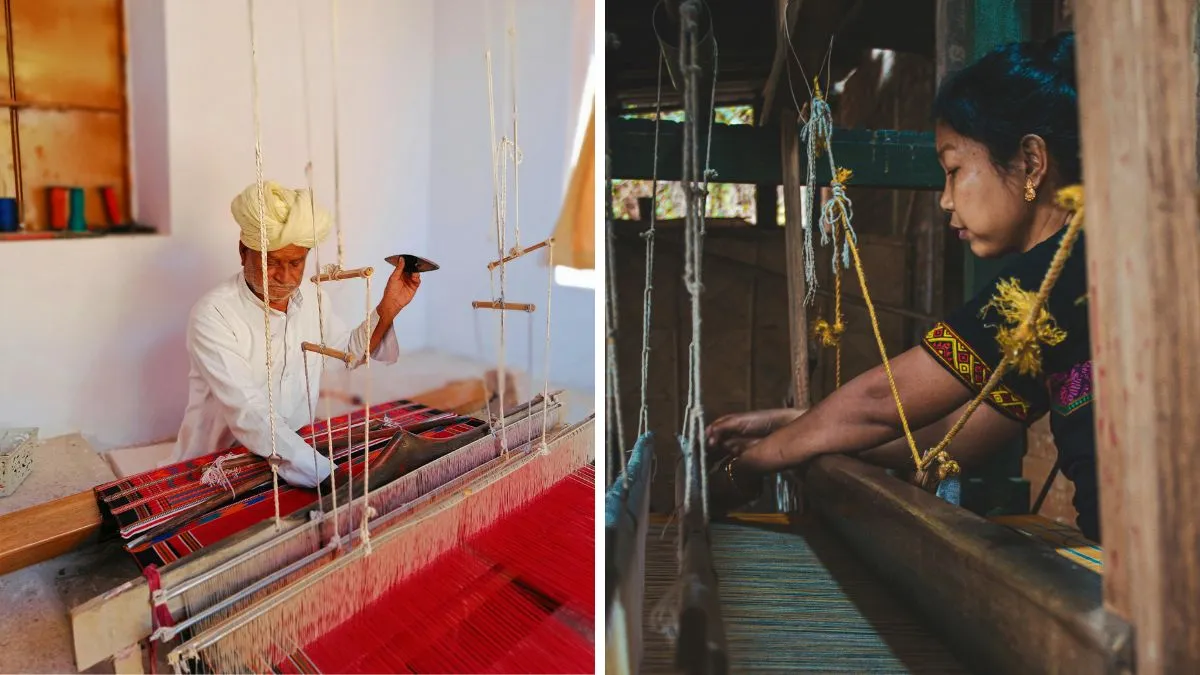
Why It Matters
By choosing handloom, you are not just picking fabric—you are choosing tradition, sustainability, and supporting the lives of Indian weavers. This National Handloom Day, wear your heritage proudly and celebrate the artistry that continues to bind our past and future.
Let your saree speak of a story—woven by hand, dyed with culture, and draped in pride.

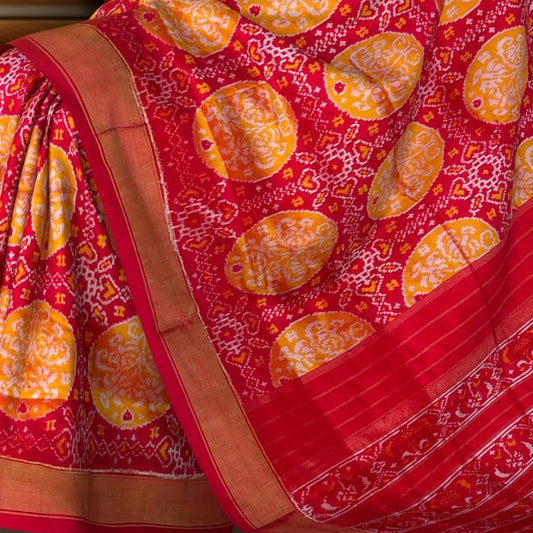
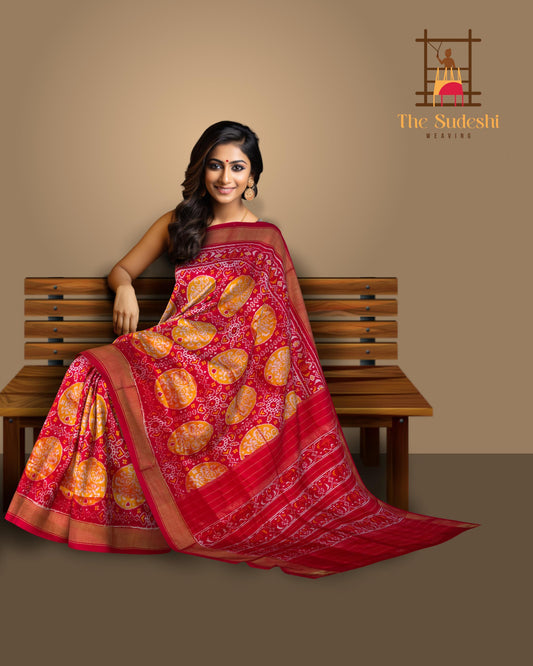
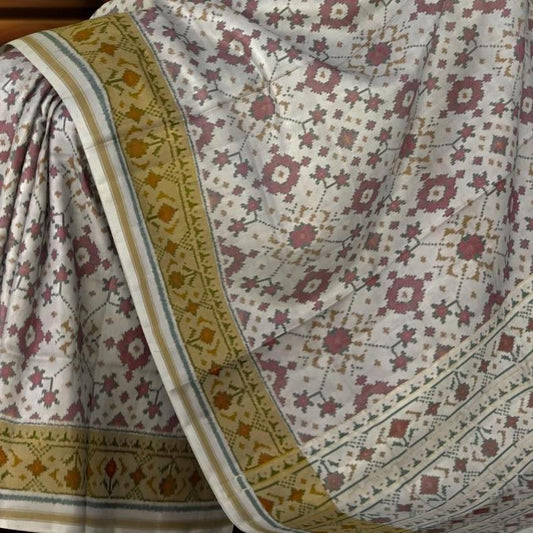
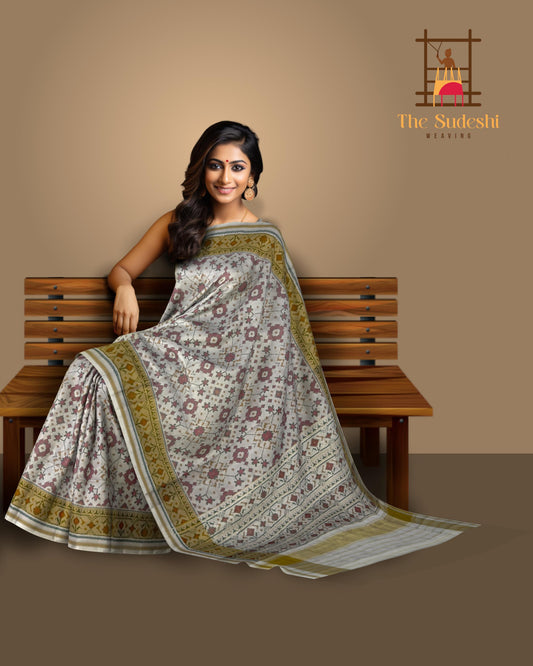
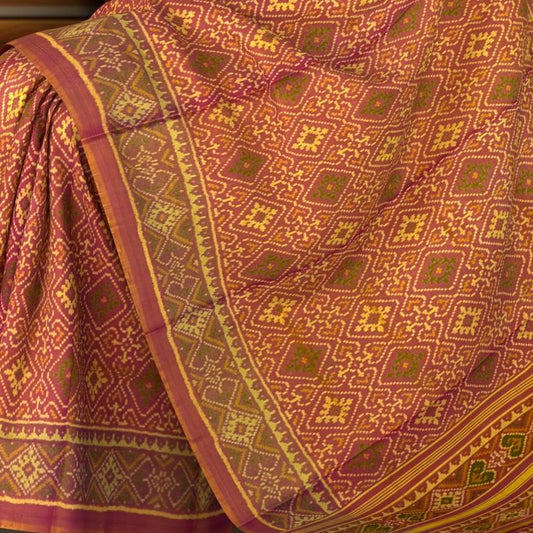
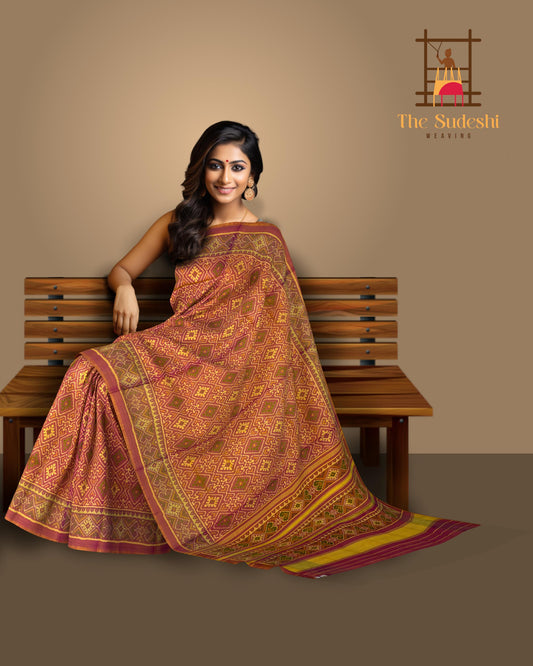
Leave a comment
Please note, comments need to be approved before they are published.